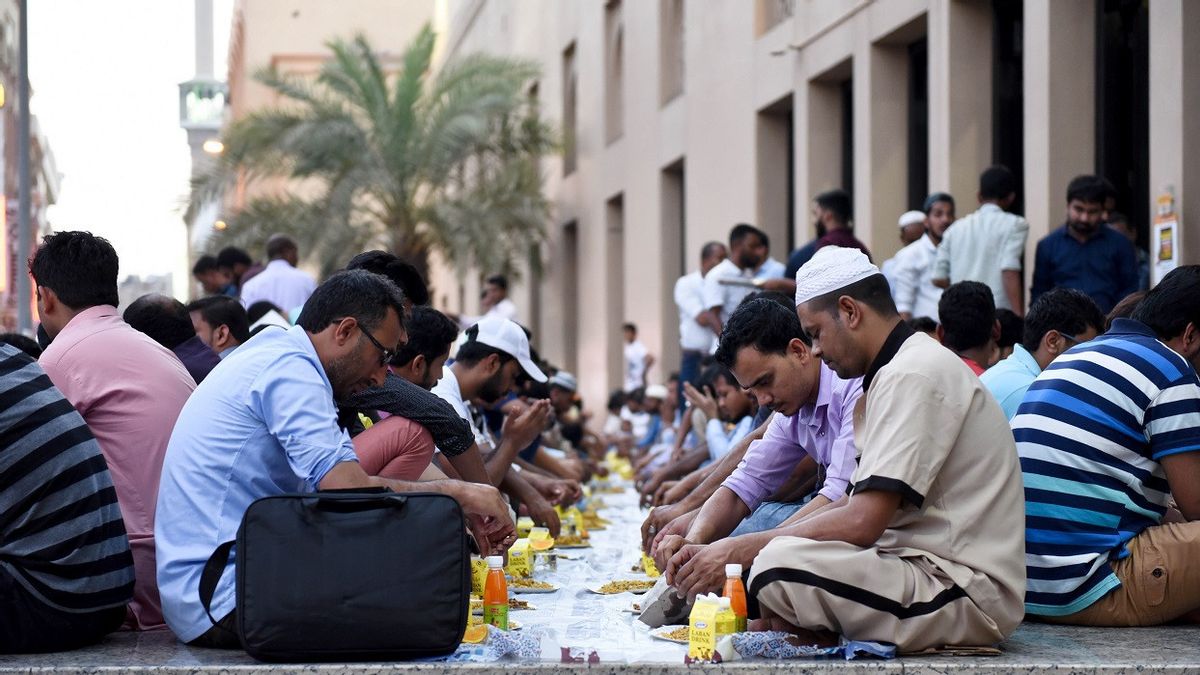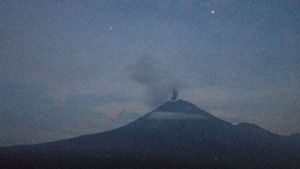JAKARTA - If you have the opportunity, you can experience a rare phenomenon, fasting Ramadan twice a year in 2030, the last phenomenon that occurred in 1997.
Dr. Hasan Al Hariri, chief executive of the Dubai Astronomy Group, said the Holy Month of Ramadan in 2030 will take place twice, in January and at the end of December.
This is because the Islamic Hijri calendar is based on the lunar cycle and it takes 33 years to complete one full cycle.
"The lunar calendar, or lunar-based year, is 11 days shorter than the solar calendar," he said.
"So, for example, a full year is 354 days, not the 365 days marked on the Gregorian calendar. Therefore, every year that passes, Ramadan is delayed by 10 or 11 days," he explained.
"This phenomenon makes it unique, where in one solar year we will have two Ramadans. The next time this will be in 2030," he said.
Dr. Al Hariri said, while from a "solar calendar perspective" the holy month would be marked twice in a year, from a lunar calendar point of view it would still occur only once in a 354 day cycle.
He said the number of days Muslims fast during Ramadan will not change in 2030, as it is always a period of 29 or 30 days, depending on the sighting of the moon.
How is the start of the holy month determined? The sighting of the Moon marks the beginning and end of Ramadan, the ninth month of the Islamic calendar.
In the days leading up to the holy month, religious authorities around the world scan the night sky for a glimpse of the crescent moon, marking the start of Ramadan.
By 2030, it is expected that Ramadan will begin in early January and then return at the end of December. There is also the phenomenon of twice Ramadan in this year, it will only happen again in 2063.
The English, Chinese, Japanese, Arabic, and French versions are automatically generated by the AI. So there may still be inaccuracies in translating, please always see Indonesian as our main language. (system supported by DigitalSiber.id)













